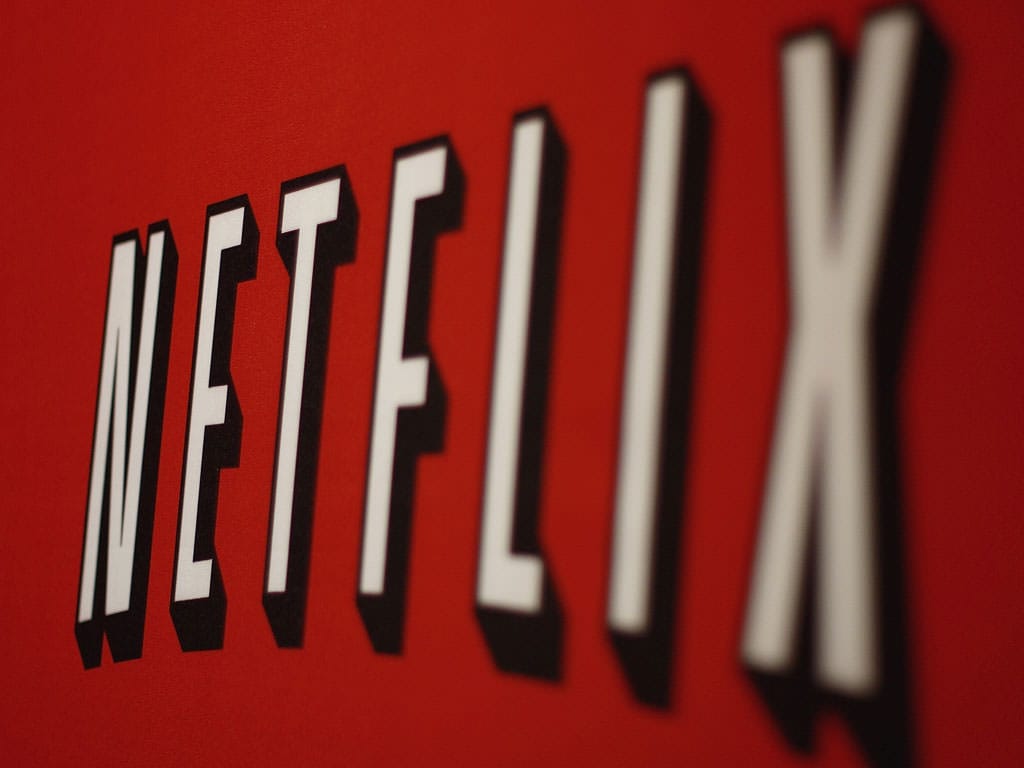Netflix, the current leader of the Streaming Video On Demand (SVOD) segment, surprised many followers when the company announced its intention for a massive global rollout last year. During the CES keynote address in January 2016, CEO Reed Hastings announced the company’s plan to reach 130 countries.
Since launching in 2007 Netflix has been steadily expanding its services around the globe, and was available in 60 countries when the announcement to add 130 more was made. It was a massive gamble for a company which was fully aware that user base growth in the United States would be hard to come by due to increasing competition, and also because Netflix’s own success in the country was reducing the size of its potential market.
By the end of 2016 Netflix had 49.43 million subscribers in the United States, when the number of broadband subscribers was a little over 100 million. Netflix had already reached half the market, and for every customer they added there would be one less prospect in the target segment. The other factor was that there was Hulu and then there was Amazon and then there was Apple and there was YouTube as well. Though Netflix’s product was much superior to the competition’s in terms of a choice of premium programming, it was clear that everybody was going to fight each other for the next customer.
Netflix knew that the time had come to take some risks, and took the international expansion route to power its growth. And that move is already showing signs of paying off for the company.
By the end of 2013, Netflix’s US subscription base was 33.42 million, while international subscription was at 10.93 million. Fast forward three years later, and by the end of 2016 US membership base grew to 49.43 million, while the international membership base reached 44.37 million. In 36 months, Netflix added 16.01 million users in the United States and 33.44 million internationally.
The gamble paid off, and the rapid expansion overseas saw revenues grow from a mere $221 million to $948 million in that three-year period – a 4X growth.
If that momentum continues, and we believe it will, then international market revenues will overtake US revenues within a year or two, and will go a long way in establishing Netflix in the global market.
The bigger they get the harder it will be for the competition to catch up. The best part about Netflix’s strategy so far – aside from rapid global expansion – is its decision to be one of the biggest spenders in the media creation segment. This deep dive into original programming will cost them $6 billion in 2017, making them second only to ESPN with its $7.3 billion budget, and ahead of NBC with its $4.3 billion.
Netflix is no longer the streaming company that wanted to disrupt mainstream programming. It has become “the man” now, and is, itself, a mainstream media company competing at the highest levels.
Thanks for reading our work! Please bookmark 1redDrop.com to keep tabs on the hottest, most happening tech and business news from around the world. On Apple News, please favorite the 1redDrop channel to get us in your news feed.



